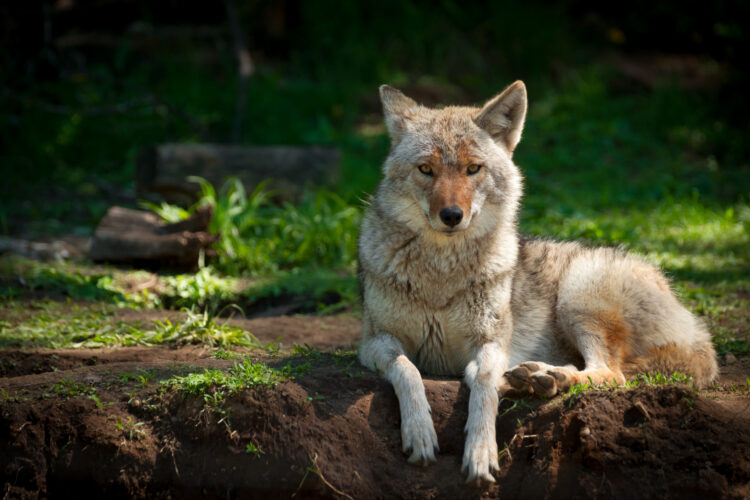
Coyotes are fascinating animals that have adapted pretty well to various environments, including urban areas. While they generally prefer to avoid humans, it is important to understand their behavior and how to coexist safely with them. Here’s what you need to know about coyotes.
Natural Predators

Coyotes are opportunistic feeders and skilled hunters, which means they prey on small mammals like rabbits and mice. They can be really bold in their pursuit and most often go directly for the neck of their prey. Coyotes can reach speeds of up to 40 mph, which makes them scary and formidable predators.
Human Encounters
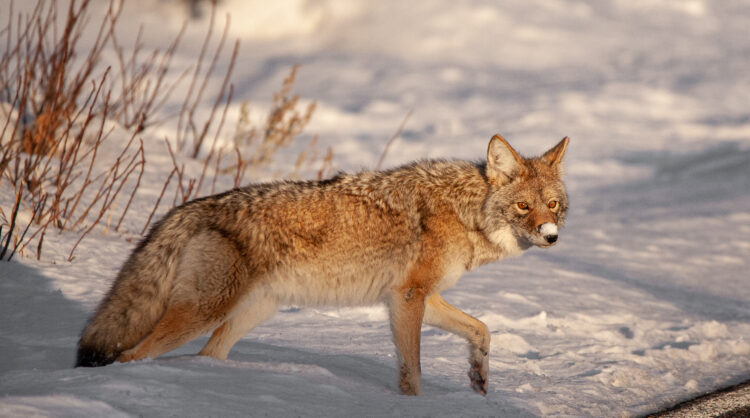
While attacks on humans are very rare, they can happen. Between 1977 and 2015, there were 367 documented attacks in the U.S. and Canada. These kinds of attacks are more common in areas where coyotes are not afraid of humans anymore and are habituated to them. So, it is very important to be cautious in areas known for coyote activity.
Danger to Children and Pets

Young children and small pets are more at risk of coyote attacks. The reason is very simple, they are easy prey and small too. Apart from supervising your children outdoors, you should also educate them about how to behave if they encounter a coyote. Teaching them to stand tall, make loud noises, and not run away can help keep them safe.
Habituation
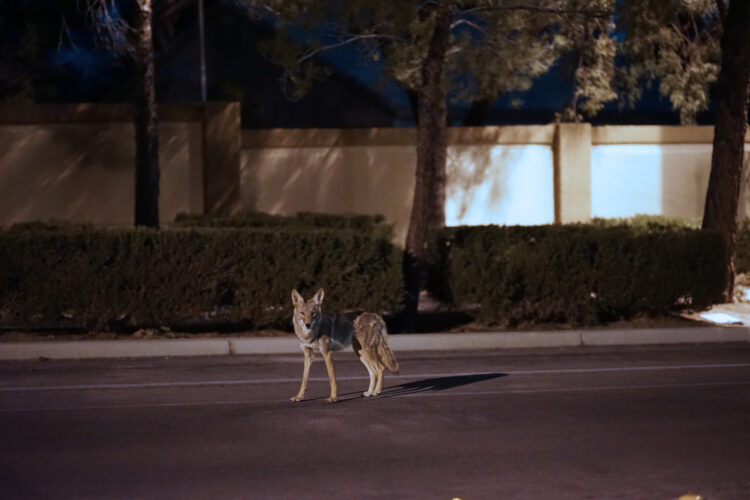
Coyotes can become habituated to humans, especially if you feed them. Although we understand the good gesture, this behavior can essentially cause more such encounters. That is because they start associating humans with food and can attack when hungry. Secure trash cans, avoid leaving pet food outside, and do not feed coyotes.
Rabies Risk
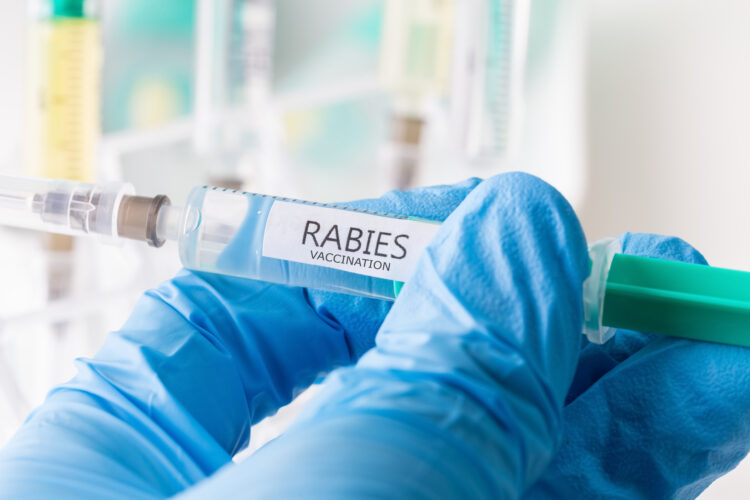
Coyotes can carry rabies, which is a huge risk if you get bitten by one. Apart from the damage a coyote bite can do, rabies is a whole new problem and can eventually lead to death. They can also carry other diseases, such as distemper and parvovirus, which can be transmitted to pets. Keep your pets vaccinated and avoid contact with wild animals.
Prevention Measures

Always avoid leaving food outdoors, secure your garbage bins, and keep pets on a leash, ideally inside the house. Fences and repellents can also help deter coyotes, but if they smell food, they become more interested in checking out the area. Also, keeping your yard clean is a good idea to discourage coyote visits.
Responding to Attacks
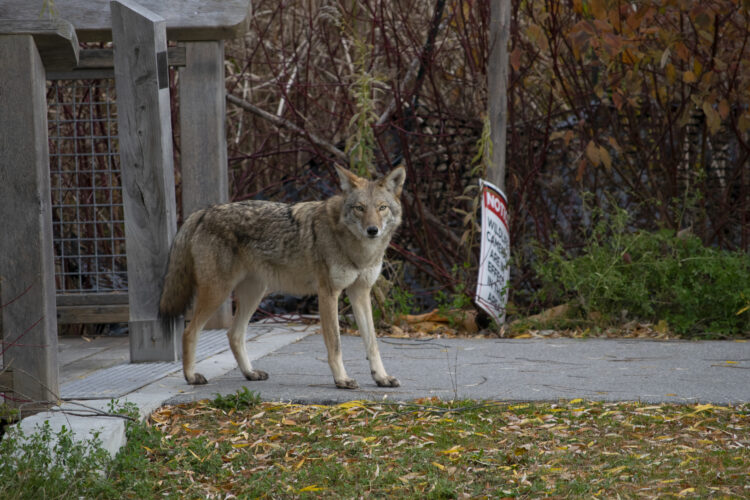
If a coyote attacks, try to make yourself appear larger and make loud noises to scare it away. Never ever run, as this can trigger their predatory instincts. You can also try carrying a whistle or an air horn during walks in areas where coyotes are known to be present. It’s also a good idea to have a walking stick or umbrella that you can use to defend yourself and your pet if necessary.
Reporting

If you ever encounter an aggressive coyote, it is very important to report it to local authorities. That is because reporting aggressive coyote behavior to wildlife authorities can help them track such kinds of activity and implement any required measures to reduce such risks. Try to provide as much detail as possible about the encounter when reporting.
Territorial Behavior

Coyotes are extremely territorial animals. By that, we mean they become even more aggressive, especially during mating and pup-rearing seasons. When raising pups, they are very easily triggered because they think you might harm their children. They generally mark their territories with urine, just like dogs do.
Pack Mentality
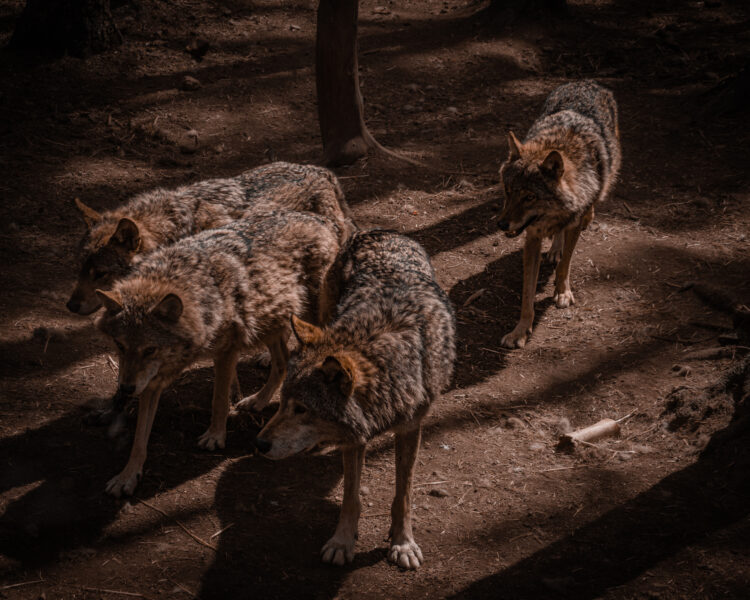
While coyotes often hunt alone or in pairs, they can sometimes form larger packs. This happens mostly in urban areas. But their packs are generally made of family and not like other animals. When their offspring are young, both the mother and father coyotes sometimes take them out hunting to teach them.
Impact on Wildlife

Coyotes can impact local wildlife populations in many different ways. They not only prey on animals like deer and antelopes but also feed on birds and smaller mammals. Mostly, their hunting time is at dawn or dusk. Coyotes are also notorious for their predatory impact on domestic animals like cats and dogs.
Disease Transmission to Livestock
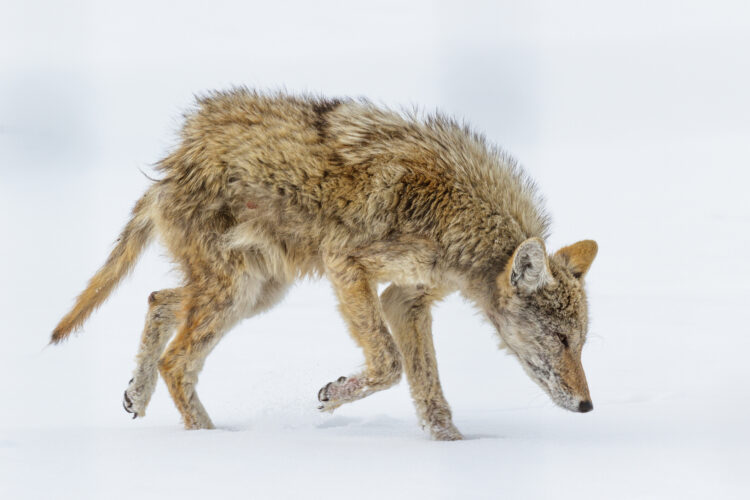
In rural areas, coyotes can pose a serious threat to sheep and goats. They spread diseases like Neospora caninum, Hammondia heydorni, and Echinococcus granulosus. They can also transmit diseases to these animals, which will have an economic impact on farmers and their livelihoods.
Hybridization
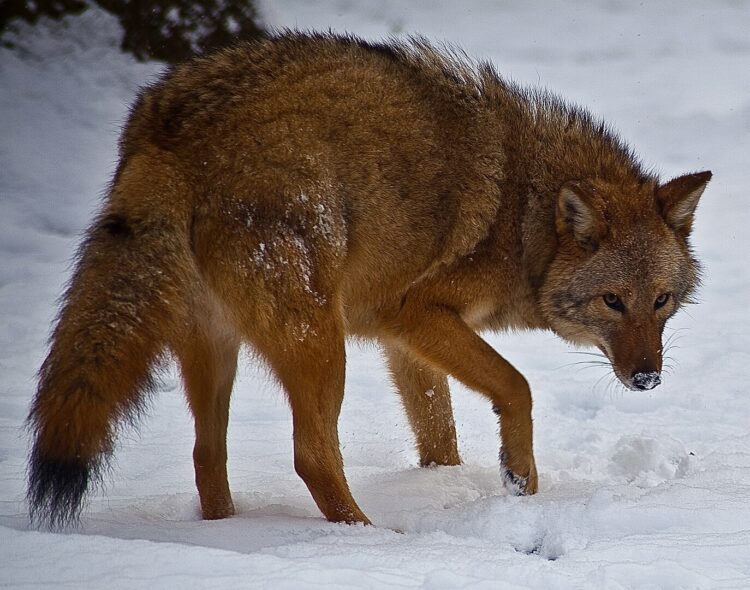
In some regions, coyotes have interbred with wolves, red wolves, and domestic dogs. This has created an all-new breed of its own, which is commonly known as “coywolves” or “coydogs.” All of these hybrid animals can exhibit different levels of aggression and may even be less fearful of humans.
Adaptability to Urban Environments
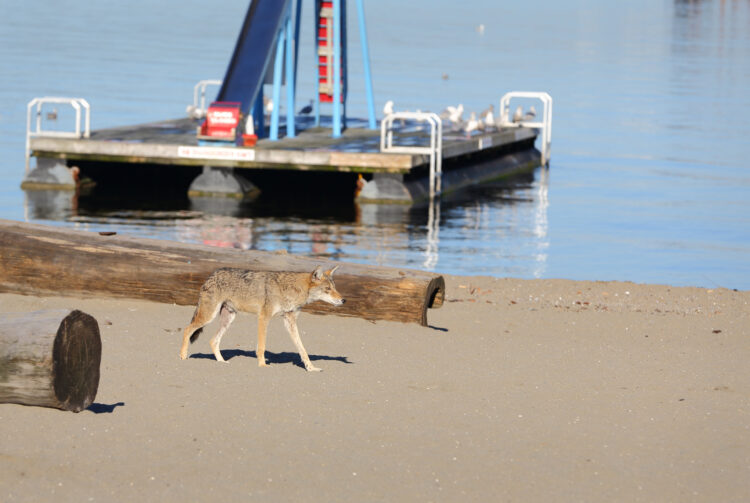
Coyotes have shown remarkable adaptability to urban environments, we cannot deny that. But this has naturally increased the threat to more people living in the cities. Coyotes love urban areas because they are more packed with human provided food sources like garbage cans. They get easy access to food and are less likely to be trapped.
Precautions for Hikers and Campers
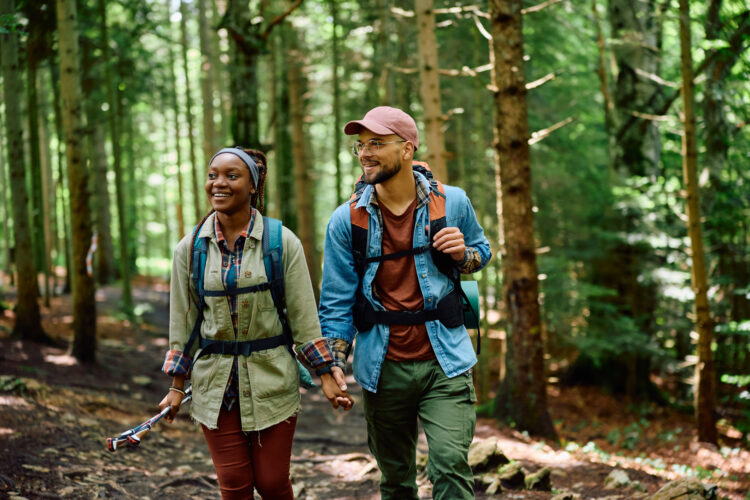
For those who enjoy outdoor activities in areas where coyotes are present, you must take adequate precautions. Always try to store food in secure packaging and not hike alone at dawn and dusk when coyotes are the most active. And if you happen to encounter one, never get close to them. Maintain distance.

Comments
Loading…